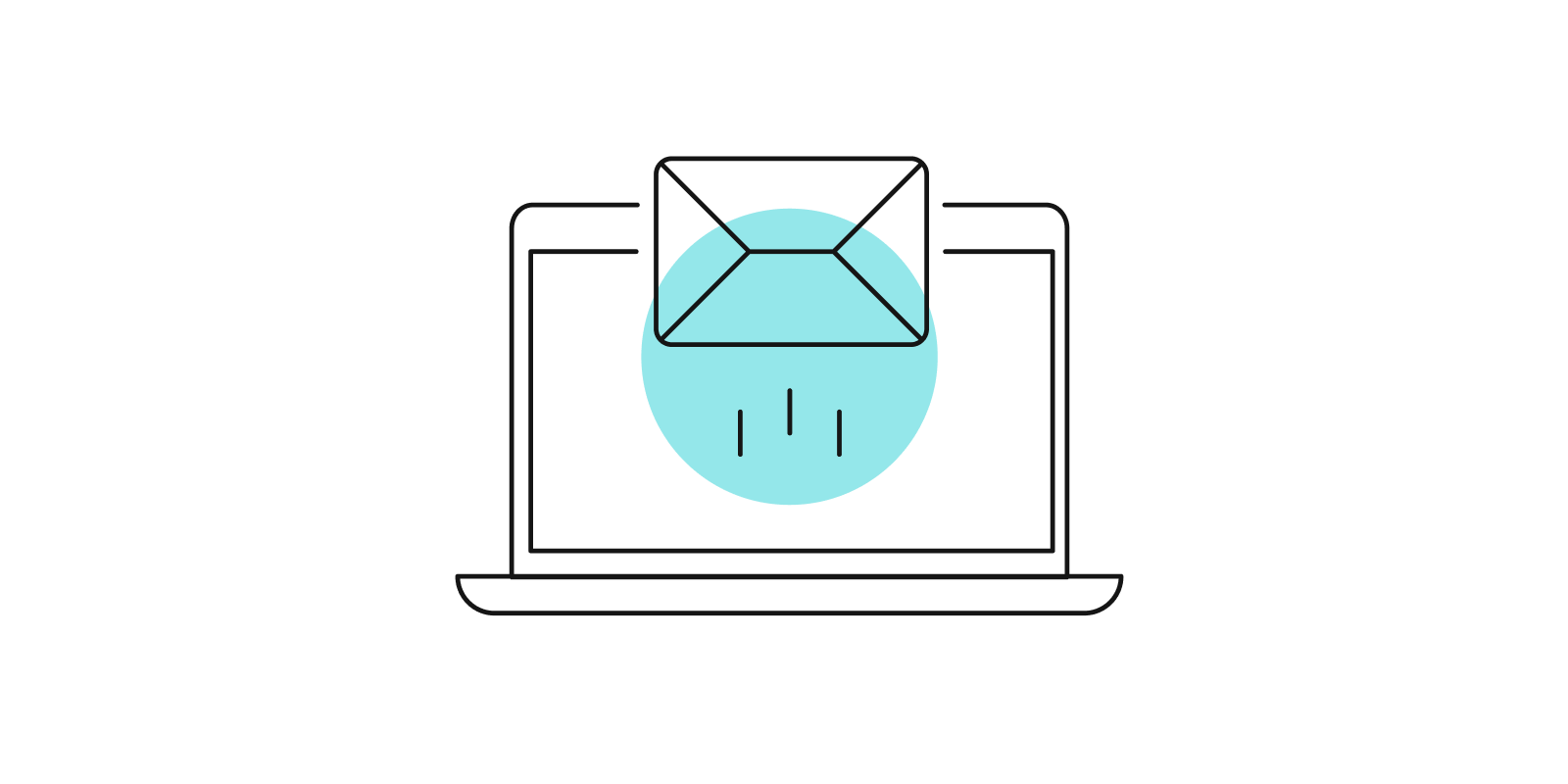

Think about your first teaching experience in higher education.
What was it like? Did you feel prepared to address your students’ learning needs?
“In higher education, we aren’t necessarily taught how to be teachers,” says Anakira Gabriela, a tenured instructor and Pearson representative. “Most of us were thrown out there with, ‘Okay, you know your discipline. Now go teach that.’”
But managing learning objectives, assessment design, lesson planning, and individual student intervention is difficult for experienced instructors, let alone new ones.
That’s where the right courseware can help. In a recent webinar, Anakira explains how Revel gives instructors the content and information they need to help their students thrive. She describes how she uses Revel to help students understand who they are as learners and to provide them with more targeted feedback and assistance.
Content that facilitates learning
No two brains learn alike.
A student’s genetics, environment, and current emotional state all play a role in how they process information, meaning that instructors must consider the impact of neurodiversity when designing and delivering their courses.
As Anakira points out, “If a student doesn't feel safe in their environment, if they don't feel like their needs are being listened to or accommodated, then they tend to start to shut down to the learning process itself.”
That’s why she begins her courses by helping students understand how they learn best, and showing them how the content in Revel can support their learning style.
She uses the example of reading a book on how to work out versus actually going for a workout to demonstrate the difference between passive learning (e.g. just reading a textbook) and active learning (e.g. interacting with multimedia content within courseware).
“Stagnant reading from print is one of the least effective ways to learn,” says Anakira. “Many students need the auditory stimulation of embedded videos or the audio version. And they need that kinesthetic experience of interacting with the content.”
Throughout the webinar, Anakira also discusses how instructors can use Revel to facilitate spaced practice, combat the fluency illusion, and more.
Actionable information and feedback
Giving regular formative assessments and providing meaningful feedback is one of the most effective methods for helping students understand whether they are on track. But building and grading these types of assessments takes a tremendous amount of time that many instructors don’t have.
Anakira has been able to save a lot of time by using Revel to create, assign, and grade formative assessments.
“One of the things Revel does is it allows you to be the guide on the side instead of the sage on the stage,” says Anakira. “You are there to construct a well-designed course where you are coaching your students through the learning process.”
That coaching is made even more effective because instructors who use Revel have access to in-depth analytics about their students’ progress and performance, allowing them to intervene in a timely and personalized manner.
In the webinar, Anakira offers specific tips for using the feedback and analytics in Revel to enhance students’ learning experiences.
Designed for success
Higher education instructors have an unparalleled depth of knowledge about their fields. The correct courseware can give them the time and energy to design courses that effectively instill that knowledge and a passion for lifelong learning in their students.
“How do teachers want to teach? How do students want to learn?” says Anakira, “That’s how Revel was designed from the get-go.”
Check out Anakira’s on-demand webinar for more in-depth information about transforming teaching and learning with Revel.



